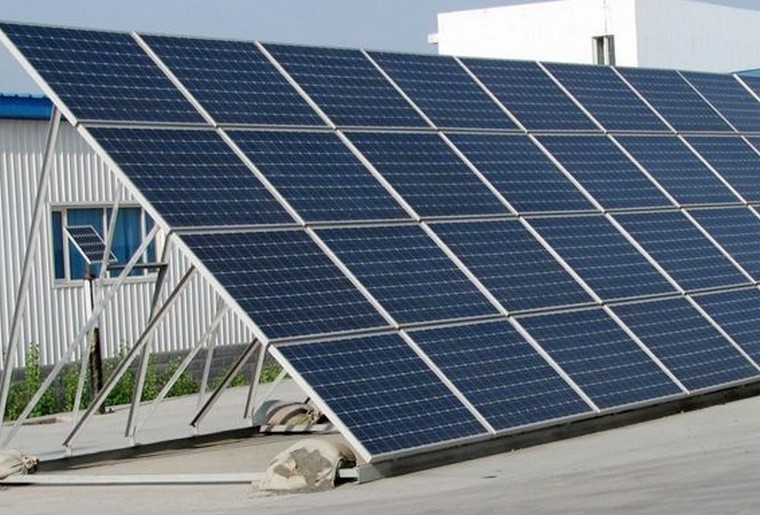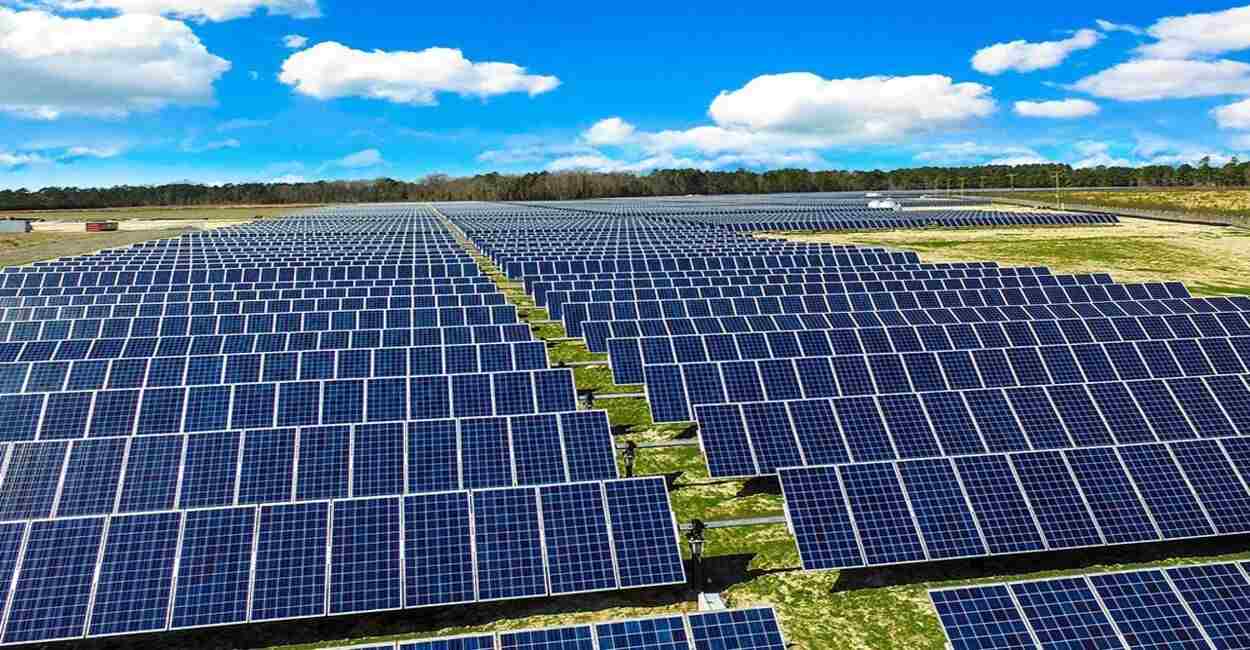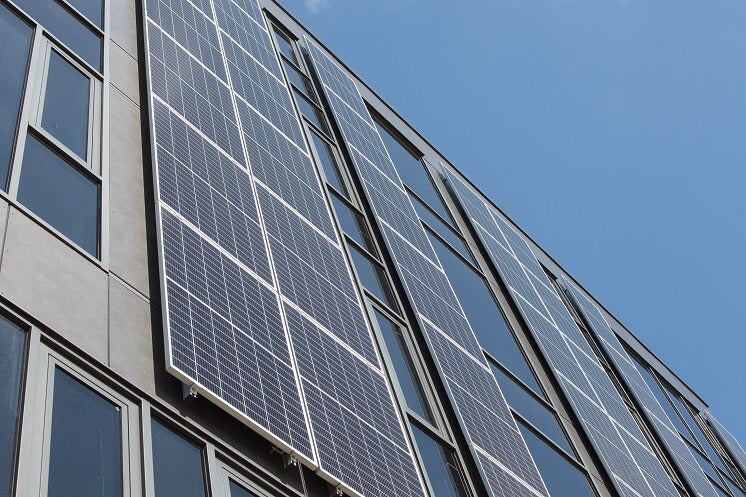When considering solar panels for residential energy use, a common question is thrown up: Is a 500-watt solar panel enough to power your home devices? Well, everything depends here: on the type of devices that you want to power, your location, available sunlight, and how you manage energy consumption.
In this article, we are going to take an in-depth look at 500-watt solar panels, starting with the basics: power needs, solar panels, and how those apply to household energy needs.
Power Needs Breakdown
To determine if a 500-watt solar panel can keep all your home devices powered, we need to look at the standard amount of energy most regular home appliances use. Let's dive in and start with calculating the average energy consumption of devices in an average household.
· Energy-efficient refrigerators may use anything from 100 to 800 watts on average, depending on the model and size.
· The LED television may take up to 50 to 100 watts, while a normal laptop needs around 50 watts per hour.
Now let's relate this to the energy output from a 500-watt solar panel. A 500-watt solar panel generates approximately 500 watts per hour under peak sunlight. But this is less than the peak performance under actual field conditions. Thus, in the best sunshine regions of the world, such as parts of Arizona or California, you can expect to have around 4-6 hours of full sun every day.
That is why the maximum energy output for one day for each 500-watt panel can be in the range from 2 to 3 kWh (kilowatt-hours).
Now let's calculate the usage of average daily appliances to see if this 500-watt panel covers the day's needs:
Daily Energy Consumption:
· Refrigerator: ~1 to 1.5 kWh per day
· Television: ~0.5 kWh per day, given 5 hours of use
· Laptop: ~0.3 kWh/day.
You would require close to 2.8 to 3.3 kWh in total per day for these three devices combined. The generation from a 500-watt solar panel can produce just about this with the consideration of having a location with plenty of sunlight. This then means the home has to be conscious of energy use, and efficient energy storage to balance out the low sunlight times.
Solar Panel Basics
The solar panel itself is, in fact, the most significant component of any solar power system. A 500-watt solar panel basically means the panel's peak power output under the right conditions, such as at noon when there is full sunlight. In practical use, factors that will affect the output of the panel include but are not limited to weather conditions, angle of installation, and temperature.
A 500-watt panel basically consists of several PV cells, which convert sunlight into electrical energy. Each of these cells produces a small amount of electric voltage, which then gets totaled into larger quantities of power. It must be mentioned that the efficiency rate of the cells themselves plays a part in how much useful energy they are able to produce.
Most contemporary photo-voltaic cells have efficiencies in the range of 15% to 20%, meaning that only that amount of sunlight is converted to useful electricity.
The actual type of solar panel in use—monocrystalline, polycrystalline, or thin-film—strongly influences the output. Generally speaking, monocrystalline panels are the most efficient and fare better in poor light conditions, hence preferred when it comes to energy optimization in confined spaces.
How Much Energy?
To get a good estimate of how much energy will be generated with a 500-watt solar panel, we have to take into consideration the total amount of solar irradiance at your location. Whereas in locations with high solar irradiance—such as the southwestern U.S.—you may be receiving upwards of 5-6 hours of peak sun per day. In that case, a 500-watt solar panel would be capable of producing 2.5 to 3 kWh per day.
Places with low solar irradiance, like the Pacific Northwest, receive only about 3-4 hours of peak sun each day, which reduces the panel's daily output down to about 1.5 to 2 kWh.
Working our way through how this would work for a typical home: according to the U.S. Department of Energy, the average American home consumes about 30 kWh per day. Thus, while it should be theoretically possible for a 500-watt solar panel to cover a very small fraction of your daily overall energy needs, it is highly unlikely to provide the power needed to sustain an average home's electrical consumption. However, it can make quite a big difference for smaller homes, apartments, or even specific applications such as off-grid cabins.
What Can It Power?
Now let's get into the details of what exactly you would be able to power with a 500-watt solar panel. We will, for simplification, use daily energy generation of a panel under ideal conditions—let's say 2.5 kWh per day.
· Lighting: Using energy-efficient LED bulbs, a 500-watt panel should be able to power 25-30 LED bulbs for 4 hours a day. This would be adequate to light up a small house or apartment.
· Small Appliances: A coffee maker uses about 1 kWh per day for a few uses, so you can run this for full-day usage. A microwave might draw 1.5 kWh, so a 500-watt panel could power this for an hour of use.
· Small Electronics: An example is a laptop using 50 watts/hour in order to run for approximately 5 hours a day. In turn, a TV can run approximately 5 hours if it uses 0.5 kWh.
However, if you consider more substantial appliances—a washing machine or air conditioner, for example—this panel cannot bear the needed power. An average washing machine requires 1 kWh per cycle, whereas a central AC unit consumes between 3 to 5 kWh per hour. You would therefore need several solar panels or other energy storage solutions to power such high-energy-consuming devices.
Efficiency Factors
A number of variables affect the efficiency of a solar panel, some of which enhance and others reduce the amount of power generated. The prime prerequisites are orientation and tilt; the panels are to be mounted facing the sun so that it gets maximum exposure to the sun throughout the day.
Temperature is another influential element on the efficiency of the panel. Most solar panels operate optimally at temperatures close to 25°C or 77°F. Thus, higher temperatures reduce panel efficiency by some 0.4% for each 1°C over 25°C. Thus, in areas experiencing high temperatures—for instance, desert climates—a solar panel will perhaps produce less energy than it would under cooler conditions.
Lastly, shading is a very key factor. A little shading by trees, buildings, or even dirt can greatly diminish a panel's output. As a matter of fact, on shaded panels the drop in energy production can go as high as 80%, depending upon the extent of the shade falling on them.
Daily Usage Example
Let's take an example with a typical suburban household. Assuming your home uses something on the order of 30 kWh per day, and a typical 500-watt solar panel produces about 2.5 kWh per day in full sunlight, then you need 12-13 solar panels to get your daily energy consumption covered.
This, however, does not take into account battery storage or net metering that could help boost the overall efficiency of the system. Battery storage allows you to save extra energy harnessed during the day for use at night or on cloudy days, and that makes a smaller system more practical. On the other hand, net metering allows homeowners to feed excess energy back into the grid and it can even offset the cost of electricity consumed from the grid during off-peak hours.
Cost versus Benefit
Finally, consider the cost-effectiveness of installing a 500-watt solar panel system. The average installation cost in the U.S. is about $2.50 per watt, meaning a 500-watt system could cost approximately $1,250 before any incentives or rebates. Over time, the savings on electricity bills may well justify the initial investment. However, with regard to your energy needs and geographical location, a larger system can be installed. Some property owners prefer the installation of solar systems in the range of 3-6 kW and can generate from 12 to 24 kWh per day, which gives much more flexibility to cover higher energy demands.




